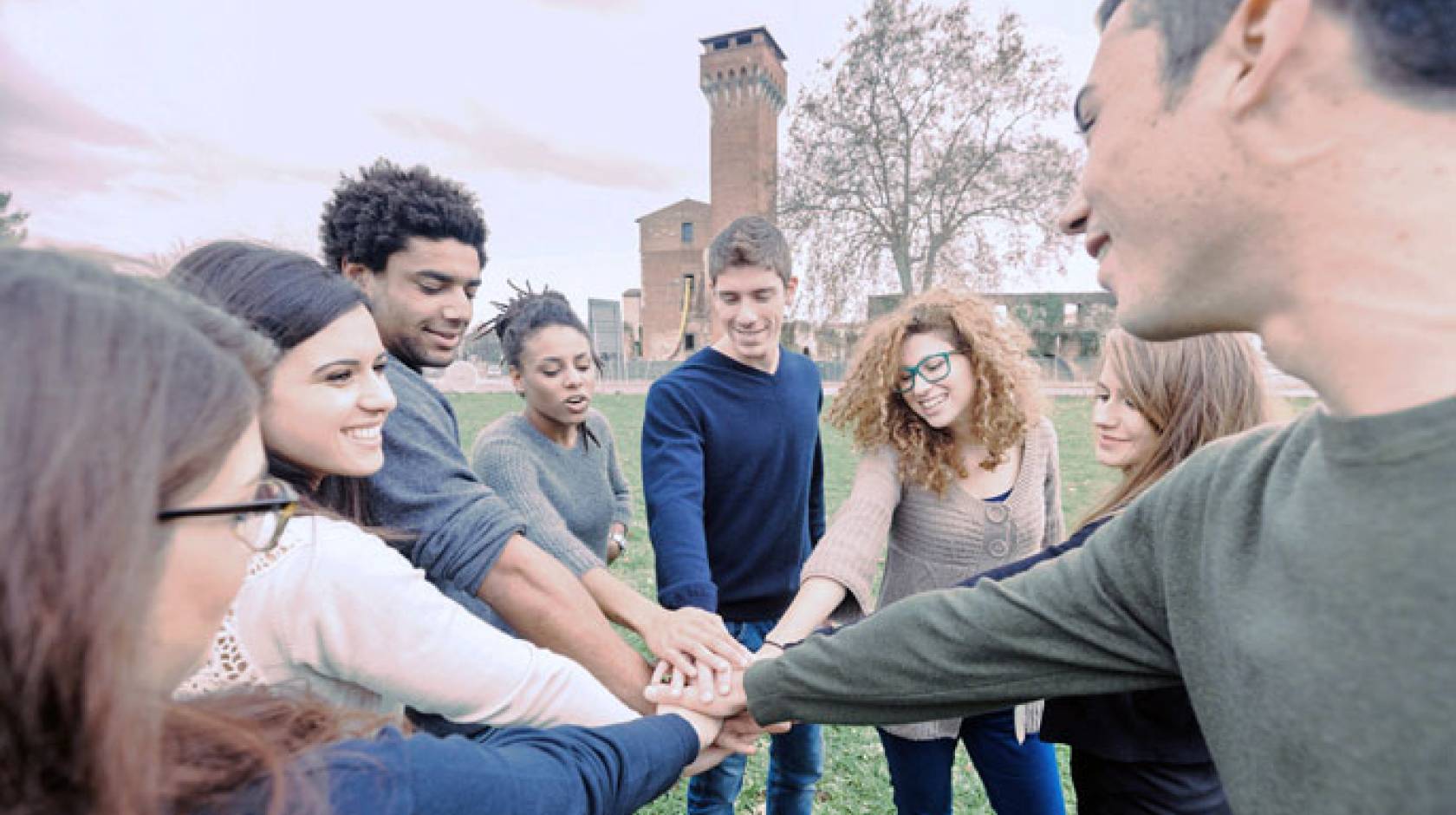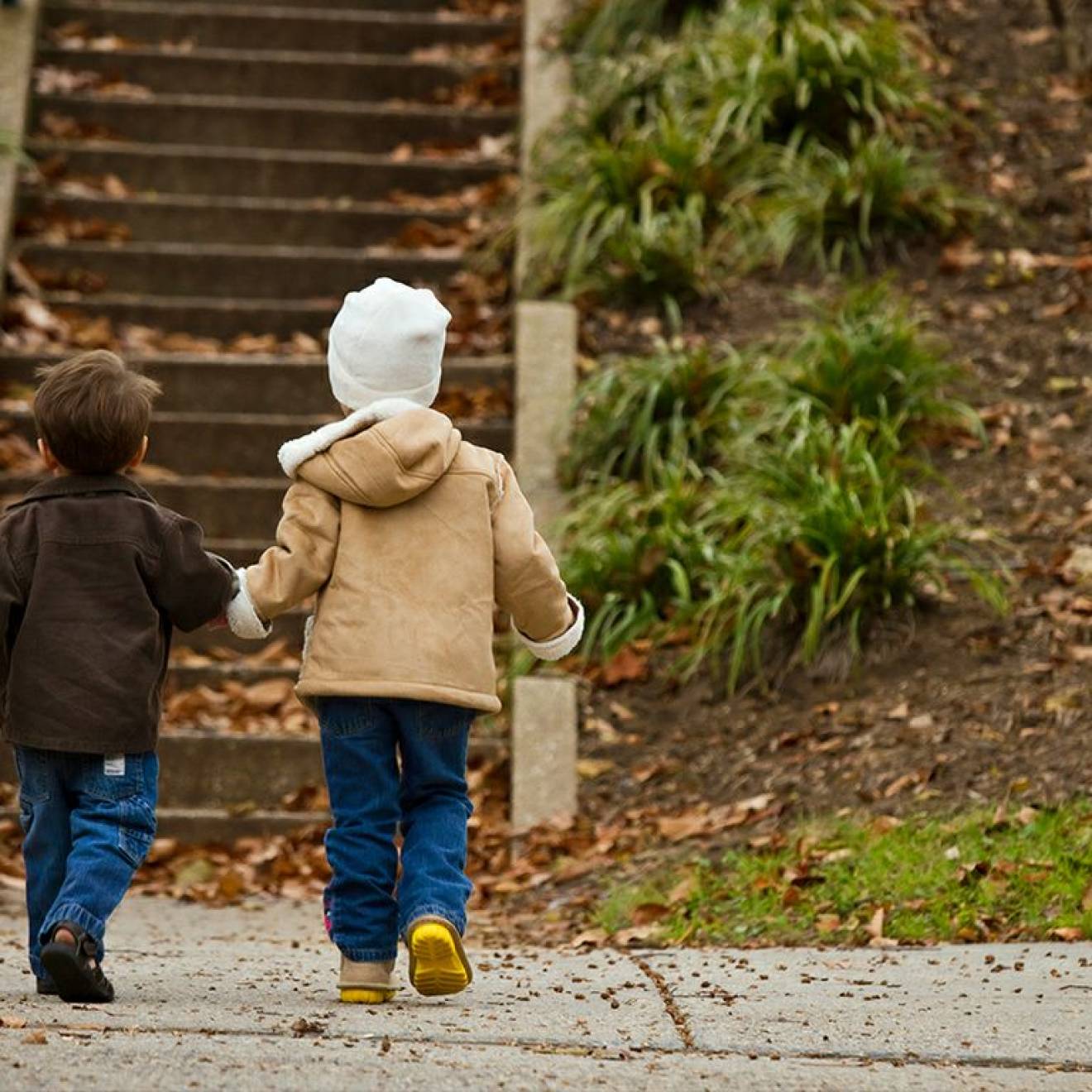Joanie Harmon, UCLA

For a half-century, “The American Freshman” survey has chronicled the experiences and aspirations of college freshmen at campuses across the nation. Starting with a sampling of students from 300 colleges in 1966, the annual survey by UCLA education professor Alexander Astin has now questioned 15 million students, as well as 400,000 faculty and staff, at 1,800 colleges and universities. It has established itself as a barometer of social change and a valuable resource for education researchers, policymakers and the media.
The survey’s original intent was to track how student responses changed during and after college, but when Astin and his team — which included his wife and fellow education professor, the late Helen Astin — switched to an annual freshman survey, “it took on a life of its own … showing how the new students were changing from one year to the next,” Astin recalled. “It became obvious that we had something really significant that [enabled us] to put our finger on the pulse of society.”
And how times have changed! While students in 1966 were asked whether they said grace before meals, the 2016 survey, which is administered by the Higher Education Research Institute at UCLA, queries students about their sexual orientation.
In this edited Q&A, Joanie Harmon, communications director at the UCLA Graduate School of Education and Information Studies, where Astin is the emeritus Allan M. Cartter Distinguished Professor of Higher Education, recently asked him to look back at major changes that have occurred over the last 50 years.
What are some of the biggest changes you’ve seen through the freshman survey?
I believe that the most significant … has been the effects of the women’s movement. It’s hard to realize that when we started the survey, few women opted to go into engineering, law or pre-med. The number of women [studying] business was also quite small, and very few aspired to doctorate degrees. Nursing and education were the “female” fields, as well as home economics. And there were all these sexist jokes about women going to college to find a husband. All of this, of course, has changed.
Most of the big effects of the women’s movement took place between 1970 and the mid-1980s. We were able to track profound changes. So many people who were born after that time take these changes for granted. [Women] are going to be the majority in medicine before too long. When we open up the last remaining fields and get more women in politics and in policymaking positions, we’re going to see even more profound societal change.
Alexander Astin says today's college students are 'citizens of the world,' more empathic and accepting of others.

Credit: Ampersand
How have students’ values changed?
Around the same time that the women’s movement was happening, the materialistic values of freshmen became stronger. In fact, we saw the whole society become more materialistic. There’s some evidence suggesting that this was caused, at least in part, by the advent of television.
As materialism got stronger, students showed a sharp decline of interest in [forming] a philosophy of life. This was very troubling to us, because in the 1960s, it was the top value. It has continued to decline — fewer than half [of freshmen] today think [a philosophy of life] is important.
But our follow-up studies of each entering class show that [materialism] tends to get weaker during college. Making money becomes less important. Students’ interest in the environment, in the arts and in having some kind of positive impact on race relations gets stronger. So higher education has that kind of shaping effect on values.
Has students’ spirituality – or lack thereof – evolved?
Students are becoming more polarized in their religious choices. Today you have a record high number of kids who say, “I have no religion” and a record high number who say that they are affiliated with some kind of a fundamentalist or evangelical group. The in-between folks — mainstream Protestant groups and Catholics — [are] losing members to these two extremes.
I recently published research that focused on students who say they’re not religious but are spiritual. They are unlikely to become involved in “interfaith” efforts on campus, because this is a group for whom organized religion has little appeal. The growth in this group reflects a more general societal trend toward what you might call “secular spirituality.”
Do you think this shift is a result of organized religion’s attitude toward issues of gender identity and homosexuality?
Absolutely. In the history of humankind, there has [not] been a faster, more profound change in people’s attitudes about an important social issue than there has been with homosexuality. The issue of sexual orientation has really splintered the various religious groups, [although] there are significant numbers of young people, even in evangelical groups, who are supportive of full rights for homosexuals.
How have race relations been impacted?
We have a question about whether racism is still a problem in our society. As you might guess, differences in attitudes on this issue are quite [significant] when students start college. … These racial differences become even greater during college. [This may be] because young people frequently hang out with others of their own race during college, so the particular attitudes of each race are reinforced.
What is your greatest hope for the next generation of college students?
[My] hope … is that people will accept each other on the basis of who they are and not what “category” they belong to, or what race or religion they are members of. Our research shows that colleges tend to cultivate and reinforce that kind of acceptance [with] study abroad or interdisciplinary courses.
People have become more empathic and more accepting, more sort of [citizens] of the world. The data from our spirituality project support that. Merely going to college seems to strengthen that world view.
I see that with my granddaughters and their peers. Racism and homophobia … are somewhat alien to them. They raise their eyebrows and [ask], “Why would you treat people differently because of their race or sexual orientation?” They don’t have the past [knowledge] of these things that I do, and it’s so nice to see them take it for granted that people should be treated equally.
Read the original story in Ampersand, UCLA Education’s online magazine.

